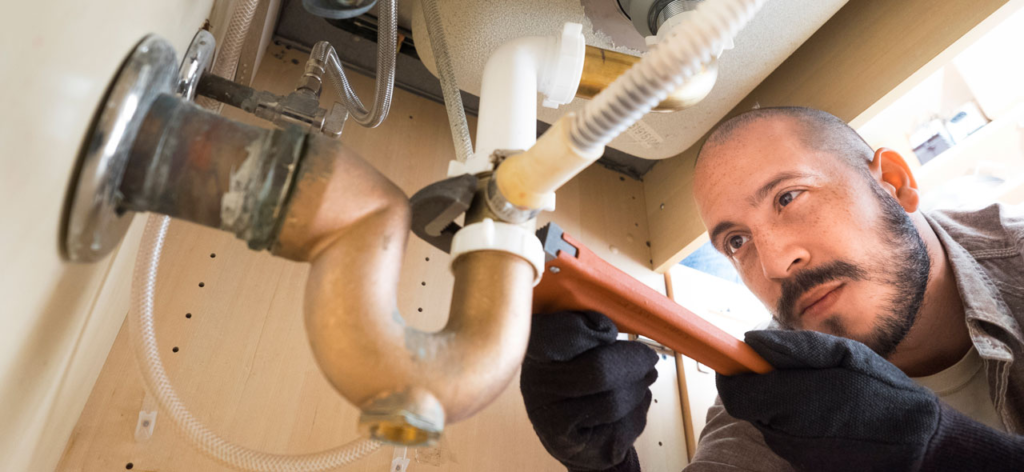Plumbers and pipefitters are often exposed to various hazardous materials, posing significant health risks. One of the most severe risks involves asbestos exposure, which can lead to mesothelioma, a serious cancer affecting the lining of the lungs.
Awareness and prevention are crucial, especially since mesothelioma lawyers for plumbers and pipefitters often handle cases where workers are not adequately protected.
Understanding Asbestos Exposure
Due to its heat resistance and insulating properties, asbestos was widely used in construction and plumbing materials until the late 1980s. Plumbers and pipefitters may encounter asbestos in older buildings when insulating pipes, gaskets, and cement. Knowing how to identify asbestos-containing materials can significantly reduce the risk of exposure.
Moreover, disturbing old asbestos can release fibers into the air during renovations or repairs. Workers must use proper respiratory protection and follow safety protocols to minimize inhalation of these dangerous fibers.
Safety Protocols and Training
Adhering to safety protocols is essential for reducing asbestos exposure risks. Employers must properly train all plumbing and pipefitting staff on handling and disposing of asbestos-containing materials safely. This training should include using personal protective equipment (PPE), such as respirators and disposable coveralls.
Additionally, regular safety meetings and updates on the latest asbestos handling guidelines can help keep safety practices fresh in workers’ minds. Employers should also ensure that their teams are familiar with the legal aspects of asbestos, including the rights and protections workers have under the law.
Health Monitoring
Regular health check-ups are vital for workers who may be exposed to asbestos. Early detection of mesothelioma can significantly improve treatment outcomes. Plumbers and pipefitters should have access to medical screenings, including lung imaging and tests that can detect early signs of asbestos-related diseases.
Employers should facilitate these health screenings and encourage workers to report any respiratory symptoms or concerns immediately. Symptoms like persistent coughing, shortness of breath, and chest pain can sometimes go unnoticed or be dismissed by workers.
Legal Awareness
Understanding the legal rights and options is crucial for plumbers and pipefitters. If a worker develops mesothelioma due to occupational asbestos exposure, they may be entitled to compensation. Knowledge about contacting mesothelioma lawyers specializing in plumber and pipefitter cases can provide crucial support for affected workers.
These legal professionals can guide workers through claiming compensation for medical expenses, lost wages, and other related costs. They can also help navigate the complexities of worker’s compensation and personal injury claims related to asbestos exposure.
Creating a Safe Work Environment
Finally, creating a safe work environment is the most effective way to protect workers from asbestos exposure. This involves following all safety protocols and maintaining a clean and well-organized workspace. Proper ventilation and dust control measures can reduce the concentration of asbestos fibers in the air.
Employers should invest in regular asbestos assessments and removals conducted by certified professionals, especially in older buildings where asbestos is more prevalent. Ensuring that all work areas are free from asbestos contamination can help protect the health of plumbers and pipefitters, reducing the risk of mesothelioma and other asbestos-related diseases.
By staying informed about the risks of asbestos exposure, adhering to safety protocols, undergoing regular health screenings, understanding legal rights, and maintaining a safe work environment, plumbers and pipefitters can significantly reduce their risk of developing mesothelioma and ensure their safety while on the job.

















